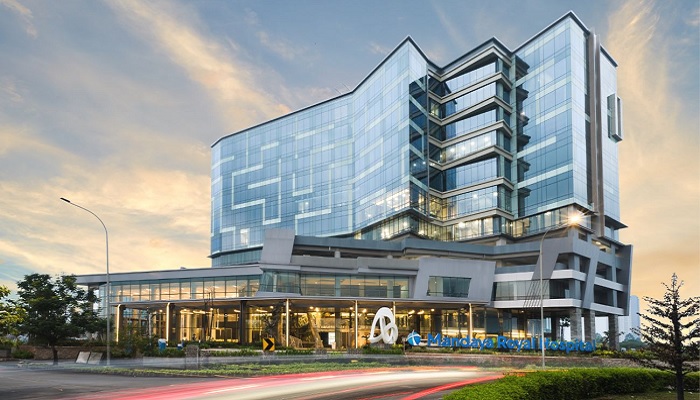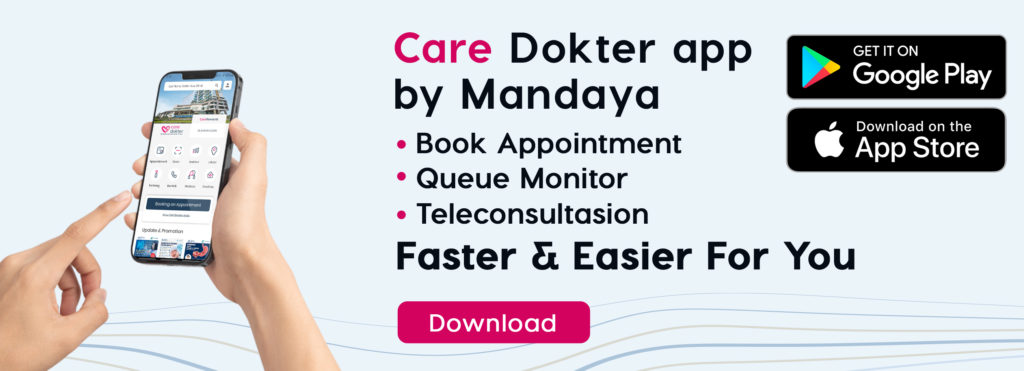The prostate is a gland in the male reproductive system located in front of the rectum, below the bladder, and surrounding the urethra (the tube that carries urine out of the body). Its main function is to produce part of the seminal fluid that mixes with sperm to form semen.
So, what is the normal size of a man’s prostate? Here’s what you need to know.
Normal Prostate Size
In adults, a normal prostate is generally about the size of a walnut, weighing between 15-20 grams and having a volume of approximately 20-25 cubic centimeters (cc).
The prostate consists of several anatomical zones:
- Transition Zone
- Central Zone
- Peripheral Zone
The peripheral zone is the largest part of the prostate and is where most prostate cancer cases originate. Meanwhile, benign and age-related prostate enlargement, such as benign prostatic hyperplasia (BPH), usually occurs in the transition zone, which surrounds the urethra.
Abnormal Prostate Size to Watch For
Prostate enlargement can become dangerous if it obstructs urine flow. This condition may lead to urinary retention, bladder infections, or even kidney infections. In some cases, severe prostate enlargement can completely block urine flow or cause kidney failure.
There is no exact measurement that determines when prostate enlargement becomes dangerous. Some men may experience severe symptoms with only mild enlargement, while others may have a prostate as large as a lemon with minimal complications.
Generally, a prostate size of 30 cc or more is considered concerning. The American Urological Association recommends surgical intervention for prostates of 30 cc or larger if accompanied by lower urinary tract symptoms.
Prostate Growth Over Time
The prostate starts developing in male fetuses around the 10th to 12th week of pregnancy. During this stage, sex hormones like testosterone stimulate the growth and differentiation of prostate cells. As a man ages, the prostate continues to grow as follows:
- 6-9 months old: Weighs about 10 grams (half the size of an adult prostate).
- Puberty – Adulthood: Grows to about the size of a walnut.
- 40 years old: Begins to enlarge to about the size of an apricot.
- 60 years old: May grow to the size of a lemon or tennis ball.
Most cases of prostate enlargement are benign (non-cancerous), while some are cancerous. Benign prostatic hyperplasia (BPH) affects nearly 50% of men over 50 and almost 90% of men over 80.
Treatment for Benign Prostatic Hyperplasia (BPH) with Rezum Therapy
While BPH is common in older men, it can cause bothersome symptoms such as:
- Frequent urination
- Urgent need to urinate
- Difficulty urinating
- Weak or interrupted urine flow
- Urinary incontinence (loss of bladder control)
- Waking up frequently at night to urinate
- Dribbling at the end of urination
- Unusual urine color or odor
- Painful urination or ejaculation
- Feeling of incomplete bladder emptying
- Inability to urinate despite urgency
To treat BPH, doctors may recommend various procedures, one of which is Rezum steam therapy. Rezum is a non-surgical treatment that uses natural steam energy to shrink excess prostate tissue that is pressing on the urethra.
How Does Rezum Therapy Work?
Rezum therapy involves a specialized instrument that delivers steam into the enlarged prostate tissue. The device is inserted through the urethra, so no incisions or stitches are needed. The procedure is performed under local anesthesia to minimize discomfort.
Benefits of Rezum Therapy for BPH
Rezum therapy is a safe and effective treatment for BPH, offering long-term relief. Its benefits include:
- No need for ongoing medications for BPH
- Symptom improvement within weeks
- Preserves sexual function (erection and ejaculation)
- Outpatient procedure (patients can go home the same day)
- No need for general anesthesia
- Quick recovery time
- Can be repeated if BPH symptoms return
Experiences From Our Global Patients
If you are experiencing BPH symptoms and are interested in Rezum therapy, visit Mandaya Royal Hospital Puri. Our Urology Center offers advanced medical technology and a team of specialist urologists ready to assist you.
You can contact us via WhatsApp, book an appointment, or use the Care Doctor app available on Google Play and the App Store to make your visit easier, check queue numbers, and get complete information.




